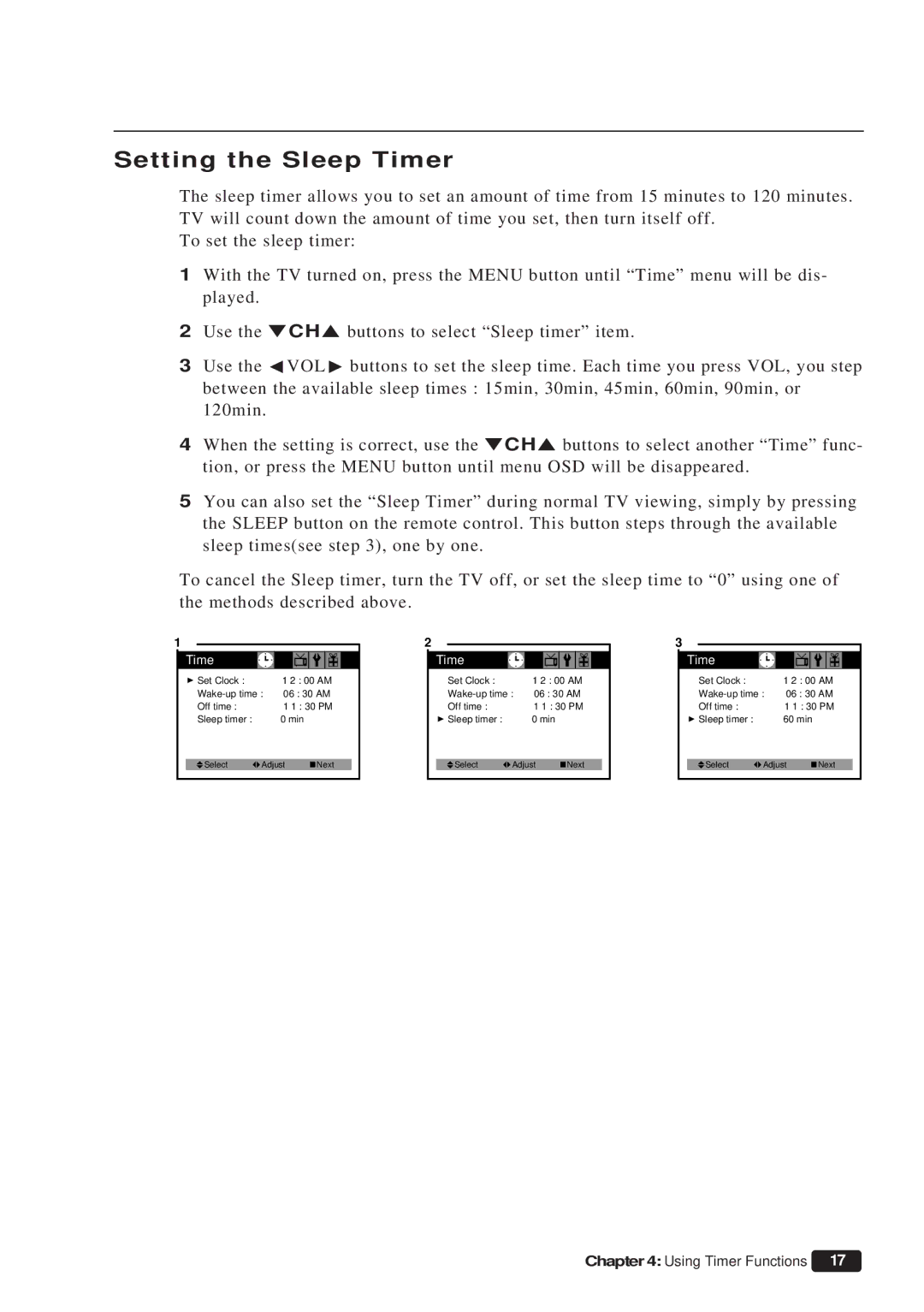ET 13P2, ET 19P2 specifications
The Emerson ET 13P2 and ET 19P2 are advanced temperature controllers designed for a variety of industrial applications. These devices are characterized by their precision, reliability, and user-friendly interface, making them ideal for managing temperature-sensitive processes in equipment such as refrigeration systems, HVAC units, and industrial ovens.One of the main features of the ET 13P2 and ET 19P2 models is their dual relay output configuration. This allows for the control of both cooling and heating systems, providing flexibility and enhancing operational efficiency. With this dual functionality, these controllers can seamlessly switch between heating and cooling modes, ensuring that the desired temperature is maintained within specified settings.
Both models boast a large, easy-to-read display that provides real-time feedback on temperature readings and system status. This enables operators to monitor the processes at a glance and make necessary adjustments quickly. The ergonomic design of the interface allows for intuitive navigation through its menus and settings.
Another significant feature of these controllers is their advanced PID control technology. Proportional-Integral-Derivative (PID) control enables precise temperature management by continuously adjusting control actions based on real-time feedback. This technology minimizes temperature fluctuations, enhances stability, and optimizes energy consumption, resulting in cost savings and improved system performance.
The ET 13P2 and ET 19P2 controllers are equipped with multiple input options, supporting a wide range of temperature sensors such as thermocouples and RTDs. This versatility allows the devices to be used in diverse applications, catering to the specific needs of various industries.
Additionally, both models are designed with a robust housing that makes them suitable for harsh industrial environments. They feature over-temperature protection and short-circuit protection to ensure safe operation and longevity.
In terms of connectivity, these controllers offer options for integration with broader control systems, enabling data logging and remote monitoring capabilities. This feature is particularly beneficial for industries seeking to enhance automation and process optimization.
In summary, the Emerson ET 13P2 and ET 19P2 temperature controllers are powerful tools for precise temperature management. Their advanced features, reliable technology, and user-friendly design make them valuable assets for any industrial application requiring stringent temperature control. With their capabilities, these controllers not only ensure operational efficiency but also contribute to better resource management and system reliability.

